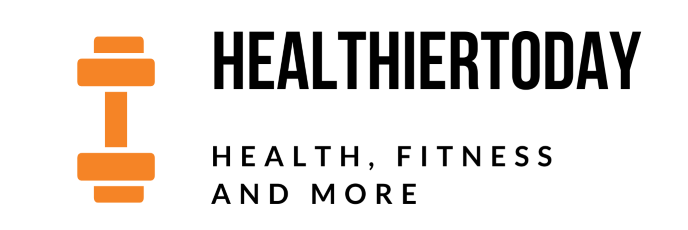The Glycemic Index Diet Plan And Its Benefits For Weight Loss
If you have diabetes or you need to lose weight the Glycemic Index Diet Plan might be just the solution you’re looking for. This diet is based on a diet plan that was developed in the 1980’s as a way for diabetics to better control their blood glucose levels and subsequently manager their diabetes.
It was discovered that the diet plan had a wonderful side effect; efficient weight loss. Since that time the Low GI Diet, as it is often referred to, has become quite popular with non-diabetics as well. Individuals who use the diet claim they are able to lose weight as well as retain more muscle. Many people report the diet helps them to shave off weight in critical areas as well, including the stomach.
Under the Glycemic Index Diet Plan, foods are divided into three categories based on how they rank on the glycemic index. The glycemic index ranks foods according to how quickly the body is able to digest them. Foods that are processed more quickly by the body rank higher on the Index. Foods that take longer to be digested by the body rank lower on the scale.
The idea is to base your diet on foods that rank in the low to medium range by eating foods that rank high on the Index sparingly. Some of the low foods which are allowable on the Glycemic Index Diet Plan include broccoli, tomatoes, cauliflower and other fruits as well as whole grains. Legumes are also allowable. Some foods rank in the middle range, including bananas and apricots.
When dieters first start the eating plan they are in what is known as Phase One. Under this phase, dieters are encouraged to eat only foods which are low on the glycemic index in order to lose weight. These foods are low in calories and high in fiber which makes it easier to lose weight. Dieters should plan to be on the first phase of the diet for about three to six months depending on how much weight they want to lose. After that time period, the individual may then advance to the second phase, which is the weight loss maintenance phase. In this phase, you may eat low as well as medium foods according to the glycemic index. It is important to understand that exercise is an important component in both phases of the diet plan in order for it to work effectively.
The Glycemic Index Diet plan by itself is not a complete solution for weight loss. You must be dedicated to participating in an active and healthy lifestyle. It should also be understood that this is not a diet in the true sense of the word but rather a change in lifestyle. If you abort the diet plan after losing weight and return to eating large amounts of highly processed and refined foods it is quite likely that you will regain weight, particularly if you are not exercising on a regular basis.
One of the major advantages of this diet plan is that it is not as restrictive as many other diet plans. For example, you can have some carbs on this diet as long as they are good carbs and they rank low on the glycemic index. In addition, it is perfectly okay for you to eat out. Once you have become familiar with which foods rank low on the index you can then usually find something on any menu which is acceptable according to the Low Glycemic Index Diet plan.
Vegetarians frequently find that many low carb diets do not work well for them because they place a strong emphasis on meat. With the Low Glycemic Index Diet plan there is no such problem because proteins from vegetables can replace meat.
With time and dedication the Low Glycemic Index Diet plan has proven to be quite effective at managing diabetes, promoting weight loss and encouraging a healthy lifestyle.
————————————————————————————————-
Wesley Atkins is the owner of The Low GI Diet Breakthrough website at: http://shedboy.wesleya.hop.clickbank.net – In his nutrition program you too can discover how to lose 19 pounds of fat every 21 days with the Low GI Diet.
